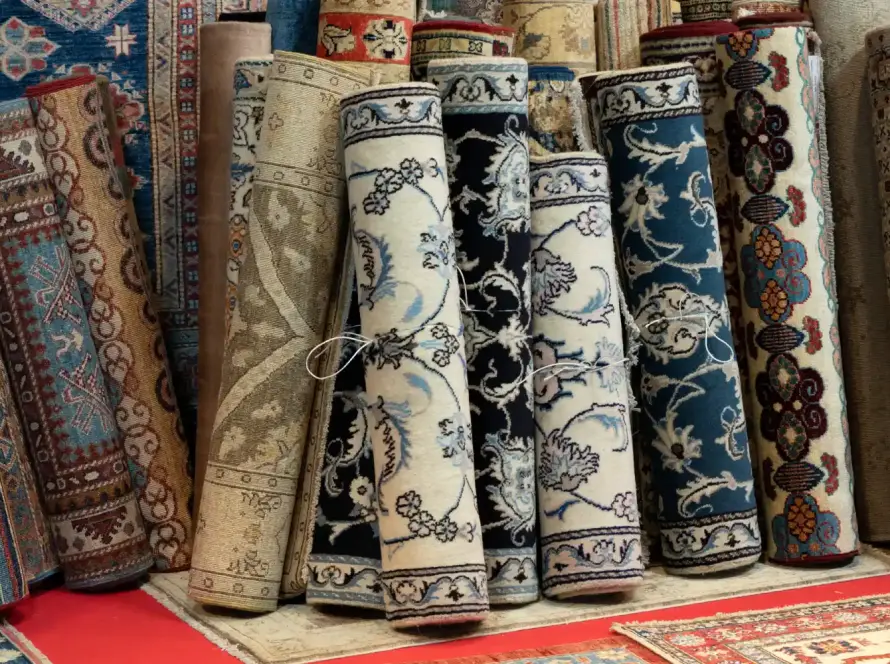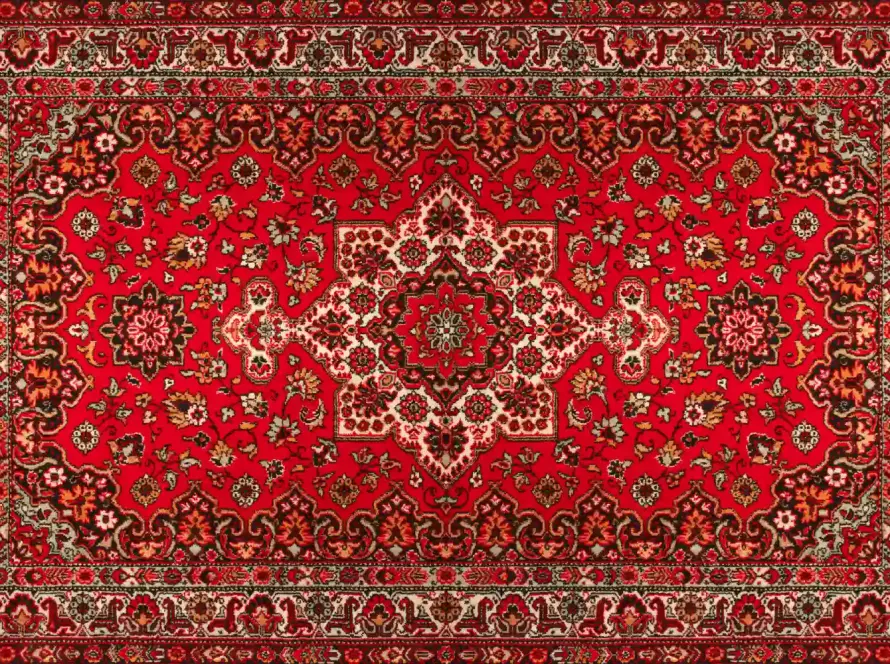Berber patterns tell a vibrant story of culture, identity, and resilience. Each intricate design reflects the Berber people’s beliefs, values, and connection to their environment. Geometric shapes symbolize concepts like fertility and strength, while bold colors showcase their artistic heritage. These patterns are essential in daily life, appearing in textiles that connect individuals to their community’s history. Exploring these designs reveals layers of meaning and inspiration that continue to evolve in contemporary art. Discover what lies beneath the surface.
The Origins of Berber Patterns
Berber patterns, with their intricate designs and vibrant colors, reveal a rich tapestry of cultural history that dates back thousands of years. You can trace these patterns to the Berber people of North Africa, whose artistic expressions reflect their historical context and diverse cultural influences. Each motif tells a story, stemming from ancient traditions, tribal affiliations, and environmental elements. The geometric shapes and bold colors are not just decorative; they signify the values and beliefs of the Berber communities. By understanding the origins of these patterns, you gain insight into the resilience and adaptability of the Berber culture, shaped by centuries of interaction with various civilizations, from the Romans to the Arab conquests, leaving an indelible mark on their artistic heritage.
Symbolism and Meaning in Berber Designs
The intricate designs found in Berber patterns are more than mere embellishments; they serve as profound symbols woven into the fabric of daily life and spirituality. Each geometric motif holds spiritual significance, representing concepts like fertility, protection, and harmony. You’ll notice that triangles symbolize strength, while diamonds often denote wealth and abundance. These patterns aren’t random; they reflect the Berber people’s connection to their environment and beliefs. The repetition of shapes creates a rhythm that resonates with their cultural identity, inviting you to explore deeper meanings. By understanding these motifs, you gain insight into the rich tapestry of Berber heritage, revealing how art transcends mere decoration to embody a powerful narrative of existence and spirituality.
The Role of Berber Patterns in Daily Life
While navigating daily life in Berber communities, you’ll find that patterns aren’t just artistic expressions; they’re integral to the cultural fabric. These intricate designs appear in functional textiles, like rugs and garments, serving both practical and symbolic purposes. Each pattern tells a story, reflecting the community’s history and values, while also reinforcing your cultural identity. When you wear or use these textiles, you’re not just embracing beauty; you’re participating in a rich tradition that connects generations. The colors and shapes resonate with the land and the people, making daily tasks a celebration of heritage. In this way, Berber patterns become a daily reminder of belonging, transforming ordinary moments into profound connections with your roots.
Berber Patterns in Contemporary Art and Design
As contemporary artists and designers draw inspiration from diverse cultural heritages, Berber patterns have emerged as a vibrant motif that bridges tradition and modernity. You’ll find these intricate designs woven into textiles, ceramics, and graphic art, showcasing Berber influences that resonate with today’s aesthetic sensibilities. Modern interpretations often infuse bold colors and minimalist approaches, allowing the rich symbolism of Berber patterns to shine through in fresh ways. This fusion not only honors the original meanings but also invites a new audience to appreciate their beauty. By integrating these patterns into contemporary contexts, designers create a dialogue between the past and present, making Berber art accessible while ensuring its relevance in today’s dynamic artistic landscape.
Preserving Berber Heritage Through Patterns
Throughout history, Berber patterns have served as a vital link to cultural identity and heritage, connecting generations through their intricate designs and meanings. These patterns encapsulate stories, beliefs, and traditions, making their preservation crucial for future generations. When you explore these designs, you uncover layers of cultural significance that reflect the Berber way of life. By promoting pattern preservation, you help safeguard not just the artistry but the very essence of Berber culture. Engaging with artisans, supporting traditional crafts, and sharing knowledge can foster appreciation and respect. As you appreciate these unique patterns, remember that each line and color represents a deep-rooted history, ensuring that the Berber heritage endures in a rapidly changing world.
Frequently Asked Questions
What Materials Are Typically Used in Creating Berber Patterns?
When you explore Berber patterns, you’ll notice artisans typically use wool weaving techniques and natural dyes. These materials not only enhance the visual appeal but also reflect the rich cultural heritage embedded in each design.
How Are Berber Patterns Taught to New Generations?
You learn Berber patterns through oral traditions and community workshops, where elders pass down techniques and stories. Engaging in these gatherings, you connect deeply with the culture, gaining insights that enrich your understanding and skills.
Are There Regional Variations in Berber Patterns?
Yes, there’re regional variations in Berber patterns. Each area reflects distinct regional influences and cultural significance, showcasing unique colors and designs that tell stories of local traditions, beliefs, and the environment’s impact on the artisans.
Can Berber Patterns Be Found in Fashion?
Yes, you can find Berber patterns in fashion. They embody cultural significance, reflecting rich traditions and identity. Designers often incorporate these intricate designs, giving modern apparel a unique flair that honors their heritage while appealing to contemporary tastes.
How Do Berber Patterns Influence Modern Graphic Design?
Berber patterns influence modern graphic design by infusing cultural significance into design aesthetics. You’ll find their bold geometric shapes and earthy colors enhancing visual storytelling, creating a connection between tradition and contemporary creative expression.

